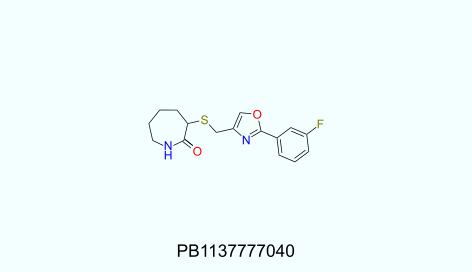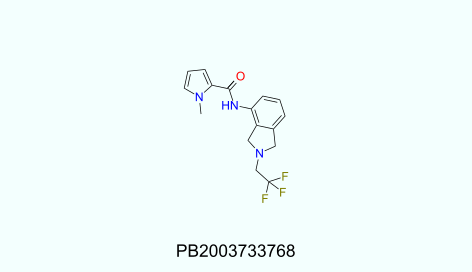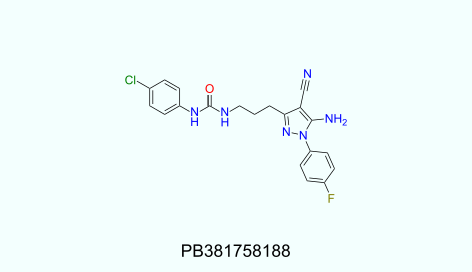- Home page
- Fragments and Targeted libraries
- Hippo Pathway Modulators
UORSY Hippo Pathway Modulators
In normal mode, Hippo (Hpo) pathway controls proliferation and apoptosis of organ size regulatory cells. Pathological signaling and activation of the pathway may result in inflammation, tissue overgrowth, neoplasia and cancer. Mechanistically, Hippo regulates the activity of YAP and TAZ proteins, thus promoting cell proliferation and inhibiting cell death. For cancer treatment, inhibition of YAP and/or TAZ is required; for tissue regeneration, however, activation of these proteins is needed.1
Considering aforementioned contradictory requirements, our library consists of three subsets:
- Hippo pathway inhibitors;
- Hippo pathway activators;
- inhibitors of TEAD/YAP interaction.
For creating the library, we employed docking based on the known protein-protein interactions involved in the pathway2,3,4 against the structures from Protein Data Bank (4LGD, 5BRK, 3KYS, 3JUA, 4RE1).



Physicochemical profiles of UORSY Hippo pathway modulators:
250<MW<500; 1<HbA<10; 0<HbD<4; -1<logP<9; 0<Fsp3<0.8; 1<RotBonds<10; 12<TPSA<180.
UORSY Hippo pathway modulators are available in stock and could be delivered within 2 weeks in any customer-preferred format: as powders, dry films or DMSO solutions formatted in vials, 96 or 384-well plates. All compounds have a minimum purity of 90% assessed by 1H NMR; analytical data is provided.
For more information, please contact us at screenlibs@uorsy.com
1Johnson, R.; Halder, G. , Nat. Rev. Drug Discov. 2014, 13, 63–79.
2Ni, L.; Zheng, Y.; Hara, M.; Pan, D.; Luo, X., Genes Dev. 2015, 29, 1416–1431.
3Zhou, Z.; Hu, T.; Xu, Z.; Lin, Z.; Zhang, Z.; Feng, T.; Zhu, L.; Rong, Y.; Shen, H.; Luk, J. M.; et al. , FASEB J. 2015, 29, 724–732.
4Ni, L.; Li, S.; Yu, J.; Min, J.; Brautigam, C. A.; Tomchick, D. R.; Pan, D.; Luo, X., Structure 2013, 21, 1757–1768.
Ask your questions!
Fill in the form to ask a question.